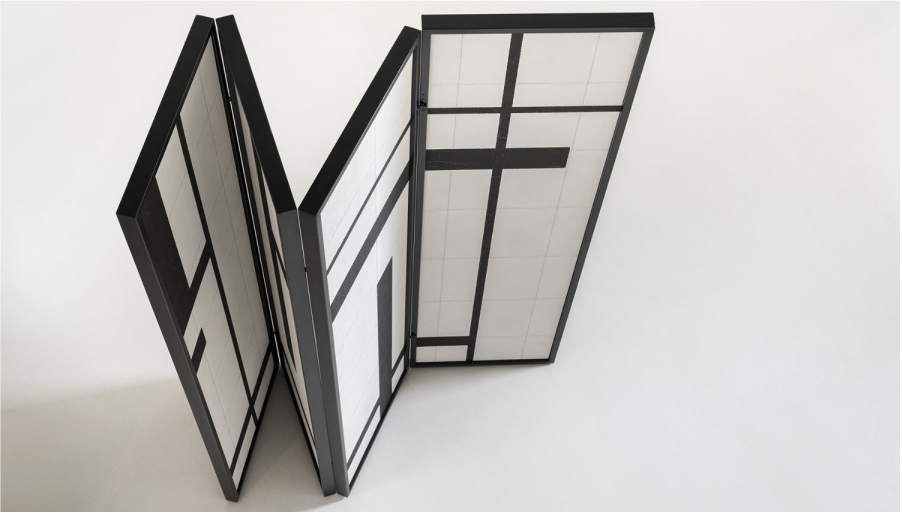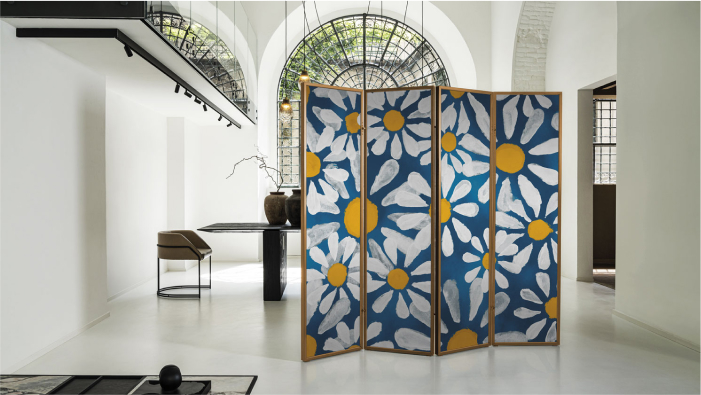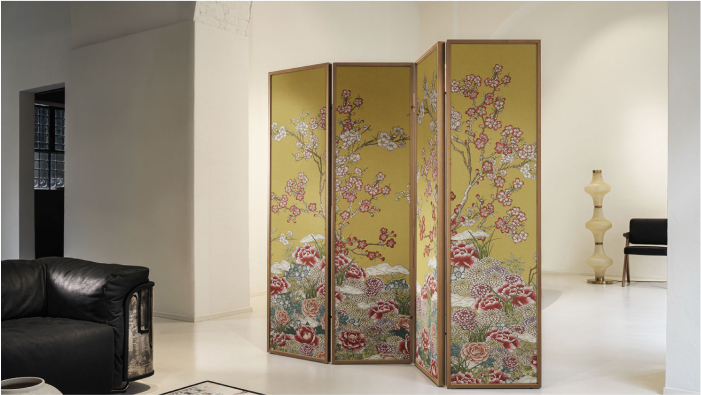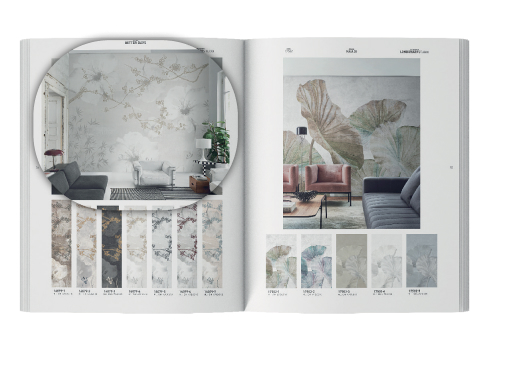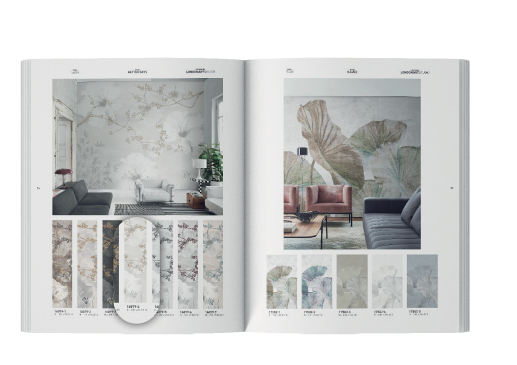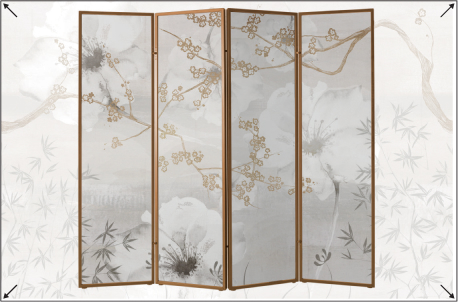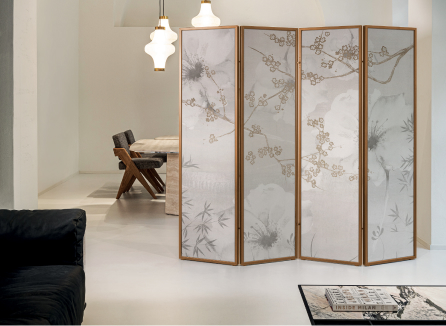History.
The use of screens has ancient roots that trace back to several millennia-old cultures. Originating in China, screens were initially used during the Han dynasty (206 BC - 220 AD) as decorative and functional elements in noble residences. These early screens were made of wood, decorated with refined paintings and inlays, and served to protect from drafts, divide internal spaces, and create private areas. Over time, the use of screens spread to other parts of Asia, particularly Japan, where they became known as “byōbu.” Japanese screens, often made with rice paper and bamboo wood, were characterized by a simplicity and elegance that reflected the wabi-sabi aesthetic philosophy, based on the beauty of imperfection and transience.
In Europe, screens were introduced in the 17th century thanks to trade with Asia. These exotic objects quickly became popular in aristocratic and bourgeois homes, appreciated for their ability to add a touch of refinement to interiors. During the 18th and 19th centuries, European screens were often adorned with pastoral scenes, landscapes, and floral motifs, becoming highly valuable decorative elements.
